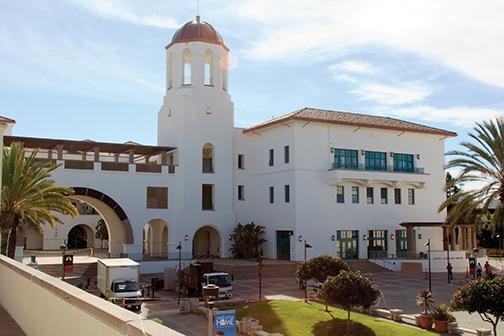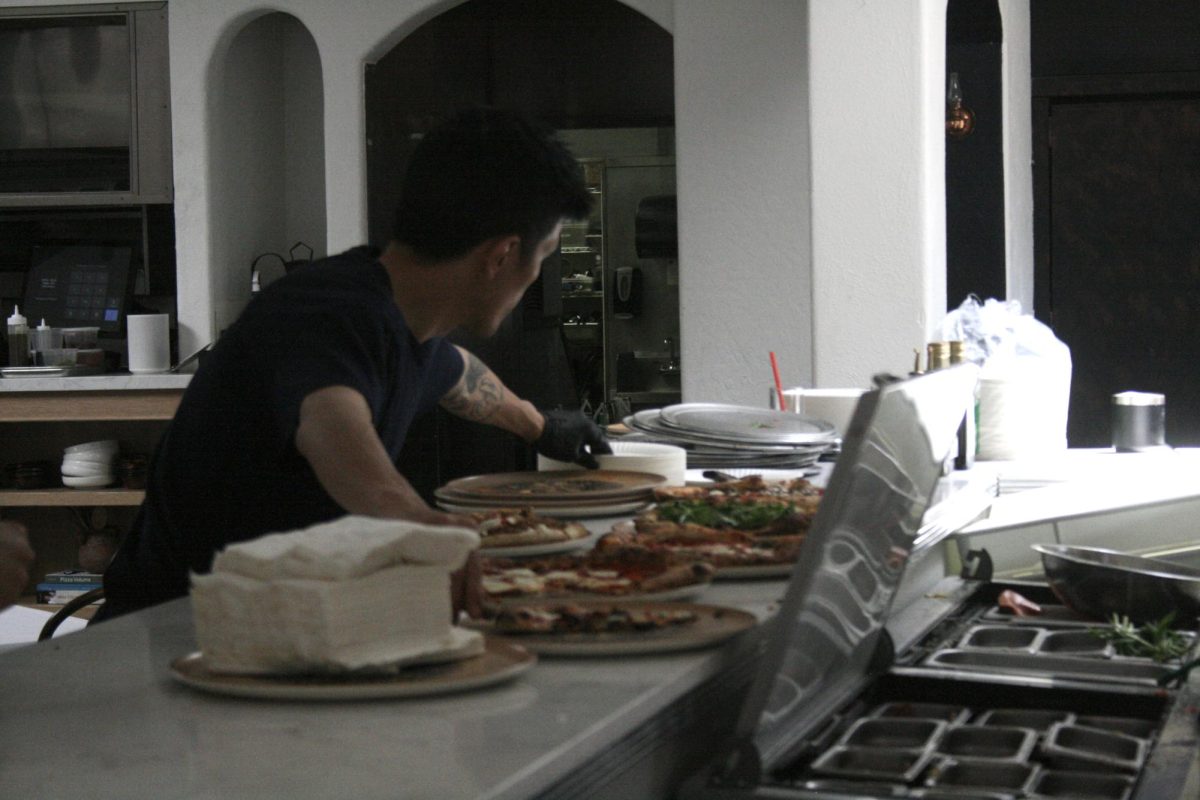On Friday, April 10, San Diego States’ Filipinx cultural organization, Andrés Benficio Samahan, was violated and harassed in a xenophobic attack during a board elections meeting held over Zoom.
Five days later, university administrators responded. Fourteen paragraphs into an email addressing various COVID-related policy changes and financial assistance options, the university affirms its opposition to racism and marginalization. In the email, administrators point to school resources such as our diversity centers — none of which directly address Asian American students.
Supporting our hurting and marginalized Filipinx and Asian communities should not have been an afterthought. To downplay or ignore the struggles of the Asian community is an absolute disservice, especially to the dozens of students who were directly affected by the incident.
The university’s Center for Intercultural Relations set up healing circles for those affected by the incident, aptly titled Huwag Matakot, or Do Not Be Afraid, and Kasama Ka, or I Am With You. But the question still stands: what more can be done for the Asian community?
Despite the brief acknowledgment in the April 15 email and the organization of a healing space, there needs to be a more clear and concerted effort to make sure that the culture of the Aztec community recognizes the challenges of marginalized people and actively works to uplift those who face systematic oppression.
Asian students make up 13 percent of SDSU’s overall student population. Asian student organizations like AB Samahan and the Asian Pacific Student Alliance are hundreds strong, and they continue to be pillars in our Aztec community. The Night Market and Filipino Cultural Night are just a couple of events in which our Filipinx and broader Asian communities come together and make our campus life a little more vibrant.
As a Filipinx student myself, the warmth I feel in the Asian and Filipinx communities makes SDSU feel like home. I’m inspired by the strength and resilience of the SDSU Filipinx community, as well as the outpouring of support from outside media outlets and university groups, but it saddens me to see that we are largely self-supporting because we have no other choice but to be.
In a Senate resolution titled Our Community Need for Ethnic Studies, drafted October of 2019, the University Senate acknowledged that SDSU, “has historically underserved its Asian American, and specifically its Filipino, student population, in terms of teaching and research in the field of Asian American Studies, student services, and community outreach.”
Six months have passed, and it is unclear whether the Senate, or the university at large, has acted on this issue.
In a proposal passed earlier this academic year, SDSU stated that the increase of a student fee would be applied to various instructional related activities, including the creation of three new resource centers: the Latinx Resource Center, Native Resource Center and Asian American Pacific Islander Lounge.
Although the Latinx Resource Center and Native Resource Center have already opened, we are still anticipating the debut of a new Asian Pacific Islander Desi American space on campus.
Filipinx students at SDSU deserve to be seen, heard and supported. An environment where discrimination of marginalized groups isn’t properly condemned and prevented is a hostile one.
The Aztec community has enormous potential to grow in solidarity, and continue to extend ourselves to uplift any and every group that suffers from discrimination. But we must rise to the occasion to achieve that.
Jessica Octavio is a sophomore studying microbiology.










